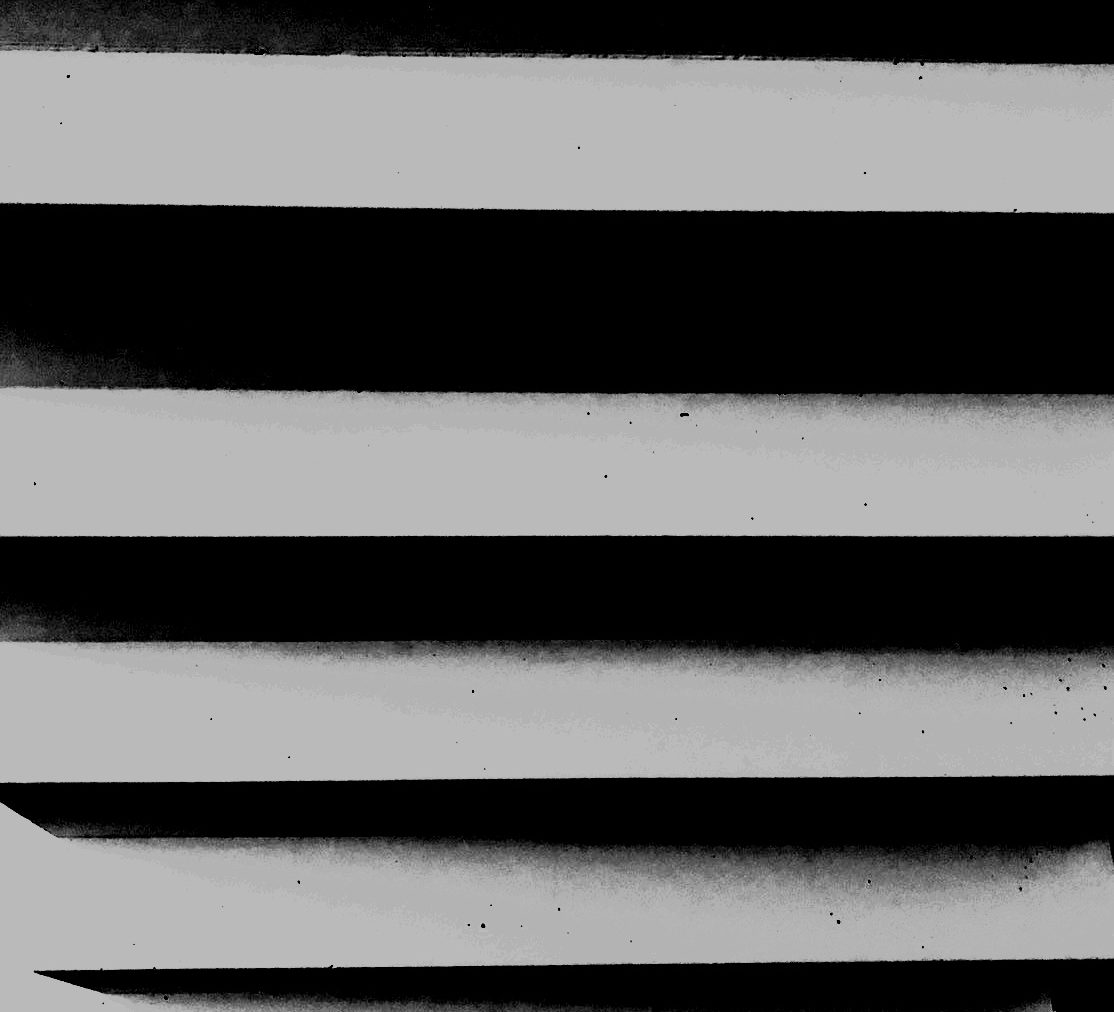Perhaps the radicality of the question regarding the postmodern city remains un-thought within not only that which gathers itself into the word “postmodernism”, but also within the attempts arguing against this gathering and this word.
Postmodernism opens up the closed structures of thought to what is unthought, unexpected, and unknown within these structures. Postmodernism searches for this opening because it allows the multiple and the plural to appear and to replace the homogeneity belonging to what is closed, contained, and unified.
Postmodernism argues that what establishes and holds together these closed and homogeneous structures is always a certain oppressive order, a dominant ordering, and that the disrupting of these structures occurs at the moment of exposing them to what they exclude and marginalize.
Introductory remarks
In Discourse, Figure, Lyotard shows how desire makes possible the arising of new feelings and a new thinking of the things surrounding us, and argues that these new feelings and thoughts confirm that order and its ordering of things in our reality are illusory, for they could be disrupted and re-ordered again, infinitely.
This means that our new feelings and perceptions allow us to experience reality differently, reality as multiple, plural, different, and differing. This experiencing itself allows and even calls for a new thinking of what experiences signify and mean, and thus makes possible the arising of new thoughts, feelings, perceptions, and accordingly new experiences, infinitely.
It is in this discussing of the creation of new experiences that render reality plural and other that a new thinking of the city is introduced in Lyotard’s book. This new city is grounded in the rectangular Cartesian city.
The spatiotemporal sphere of the Cartesian city is rectangular and thus restricted, limited, and clearly defined. Lyotard does not argue against this city, but rather for its closedness. That is, Lyotard argues that any closed structure always finds itself in a relation to what it excludes. This relation allows postmodernism to disrupt that which is closed and homogeneous.
This means that, for Lyotard, rationality, reason, and knowledge are always linked together with and related to that which they exclude, that is, irrationality, feelings, and non-knowing. Lyotard argues that this relation can even be found in Descartes’s Discourse and Method.
The postmodern city in Lyotard’s Discourse, figure
“Such a fate, which allows for the ratio to be born in its other, finds its model in the world of culture. This world is like a city that holds, within the visible layout of its streets and neighborhoods, another layout, which it possessed a century ago, and yet another layout, each one connected to the others through urbanistic developments- some visible, some hidden-so that by wandering across this city, which is the world of the mind, the latter experiences a fundamental mobility”
Jean-François Lyotard, Discourse, figure
Through his reading of Descartes’s account, Lyotard says that there exists in the city a multiplicity of views seeing the city differently and allowing the city to appear differently. These different views render the city fragmented and thus announce its escaping from us. This plurality of viewing should not be negated, for Lyotard, but rather confirmed in its producing of new differences in visions and multiplicities of viewing.
The city is shot through with different histories, and no single history can either hold sway over the others or distance itself from the others so that it becomes the only history of the city.
Different histories are brought together into one place, into one city, where this togetherness is not a resolving of any tension, but rather a confirming of the singularity of what is brought together into this multiplicity, plurality, difference, and otherness.
There exists in the city thus a multiplicity of cities that are related to each other, yet without reducing each other to silence or absence; they belong to each other and confirm their differences in this belonging.
This multiplicity offers different and irreconcilable views of the city, yet there is no single view that can assume its holding sway over the others and there is no single view that can announce itself as the origin, or the center, from out of which the other views arise, or around which the other views revolve.
This means that there is neither an order that orders the multiplicity of the views of the city nor a view that orders the city and its views. There is nothing in the city that escapes the multiplicity pervading the city.
That is, it is not only the city that is composed of multiple and different cities, but also the districts of the city themselves are also multiple and different.
“By going from one neighborhood to another, or even by looking at a single monument or seemingly unified building, the mind goes from one city to another, from one moment of itself to another”
Jean-François Lyotard, Discourse, figure
There are different views of the city, rendering the city multiple, and there are different views of the neighborhoods, rendering every neighborhood multiple. Every part of the city is multiple, plural, other, and more than itself. The city is a discontinuity lacking any unity; it is fragmented, plural, and different from itself.
For more articles on poststructuralism, read Foucault: Discontinuity and The New Historian.

